Navigating Telemedicine in Cancer Care
With three daughters on three continents, Doug and Jean Whitney of Fairport are used to using technology to keep them in the loop on Doug’s treatment for glioblastoma.
With WhatsApp, they’ve been able to send updates and relay questions from their daughters in North Carolina, France and Malaysia. When possible, each of their daughters would come home to go to the appointments in person.
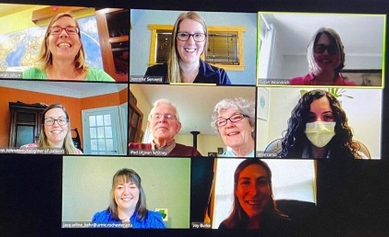
But this spring, when the COVID-19 pandemic opened the opportunity for telemedicine appointments with videoconferencing, they all wanted to be there. They scheduled a visit to accommodate three time zones that span 12 hours, and the family all logged into Zoom with Doug’s Neuro-Oncology team at Wilmot.
“For our family, it has been very helpful to be able to follow Dad’s medical care this way,” says Susan Woindrich, the Whitneys’ eldest daughter, who lives in France.
Telemedicine may be one of the positive legacies of the COVID crisis. For many years, health care providers have sought to use technology as an option for seeing patients remotely, but insurance coverage proved to be a major barrier. That quickly changed when the federal government declared a national and public health emergency in March, and health insurers nationwide began to cover telemedicine visits.
At Wilmot, a team of doctors, nurses and administrative staff moved quickly to get providers and patients online. By the time the Rochester and Finger Lakes region hit its COVID peak in May, Wilmot was doing as many as 50 percent of its appointments via telemedicine. As of September, about a quarter of all visits are done remotely.
Although telemedicine is not ideal for every aspect of oncology care, teams at Wilmot expect it will be an important tool as long as physical distancing is essential to preventing COVID infection.
“Telemedicine is likely to stay with us, both from a patient satisfaction standpoint and also to help in decongesting the facility,” says Jonathan W. Friedberg, M.D., M.M.Sc., Wilmot’s director. “But in-person care is still important, and we’re still learning the optimal balance.”
Finding that balance
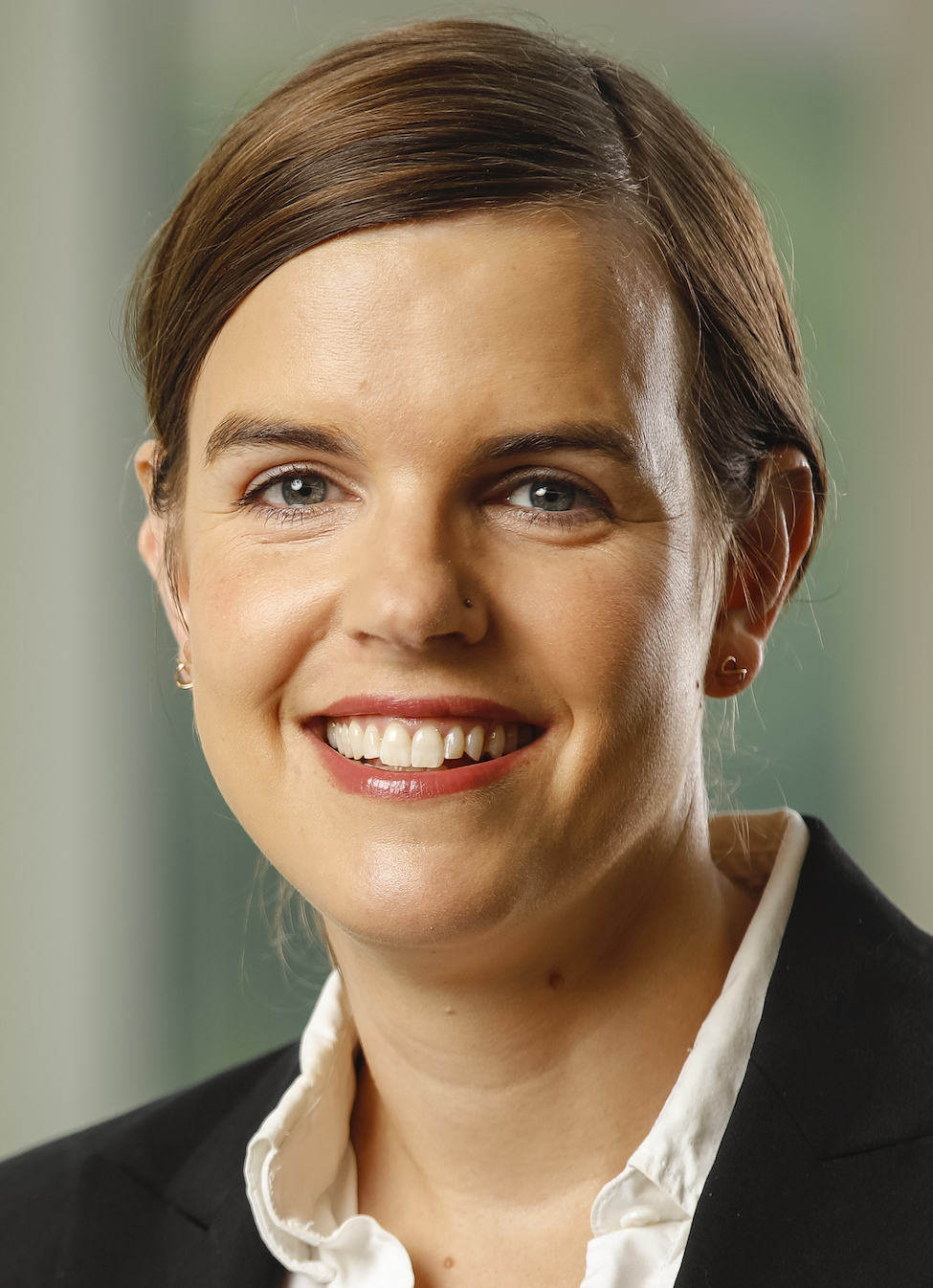
Beyond safety in the COVID era, telemedicine offers opportunities to expand patients’ access to specialists, especially for rural patients or those who have mobility or transportation challenges. It is ideal for appointments that don’t necessarily require a physical examination, such as routine follow-up visits, second opinion consultations, patient education and supportive care, says Erika Ramsdale, M.D., a geriatric oncologist who helped lead Wilmot’s transition to telemedicine.
Because video conferencing platforms like Zoom and FaceTime have become very mainstream for social interactions, patients have taken to telemedicine more readily than Ramsdale expected.
“I had some anxiety, as a geriatrician, about older adults, but a number of them are already using it to communicate with their children and grandchildren,” says Ramsdale. She has even had patients log in for appointments who have taken their own vitals, including pulse, temperature and blood pressure.
Not all patients are that comfortable with technology or have access to a computer or other device with higher- speed internet services. Wilmot’s nursing and administrative teams spent countless hours with patients and families to get them signed in for appointments, and when necessary, they have arranged either for in- person or telephone visits.
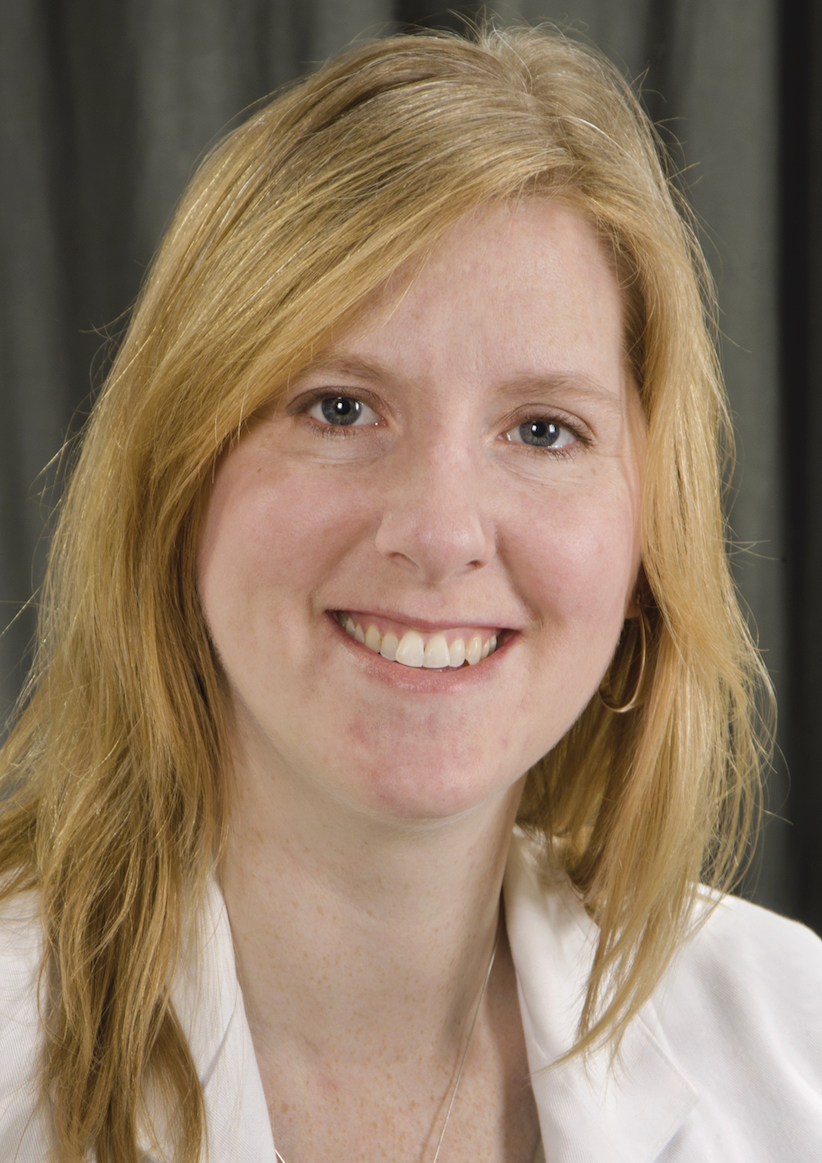
Finding and Missing Connection
The effort has been worth it, especially when additional family members can participate in the visits, says Jennifer Serventi, MS, PA-C, a Neuro-Oncology physician assistant and senior research associate.
“I think we’re getting more information from families about the things the patient might be struggling with or things they’re concerned about that we don’t get to talk about at an in-person visit because those family members aren’t there,” Serventi says. “I think that we’re also getting a better sense of how patients are doing in their environment, in their homes, because we see them in their homes.”
She also says telemedicine is giving patients a new perspective on their care teams, who also sometimes do the visits from home.
“They’re seeing us as people too, where in the office, we’re just the white coats,” Serventi says. “I actually think it’s helped us build and solidify our relationship with patients.”
Jean Radice agrees. Last spring, she had two visits with the Neuro-Oncology team via telemedicine, and she has appreciated not having to travel two hours each way from her home in Ithaca to see them.
“It has given me a little more insight into them than they maybe realize,” Radice says. “You feel that you see them as a person.”
While she says the care she gets through telemedicine is as good as if it were in- person, she does miss her team, including their hugs.
“You miss that kind of personal, human element, and it can only be conveyed to a certain level when it’s on a TV screen,” she says.
Likewise, Doug Whitney says he would rather go to the clinic. Communicating in-person, he says, can be more fluid and conveys so much more information.
“You can see how the faces change, which you can do here,” he says, gesturing to the screen. “But there’s body language other than above the shoulders, and I miss that.”
New Opportunities for Care
Since Wilmot began using telemedicine, some teams have been able to expand their reach to patients. The Hereditary Cancer Screening and Risk Reduction Program, for example, has found that more patients are willing to have genetic testing and learn about how to manage risks if they are found to have a cancer-associated mutation.
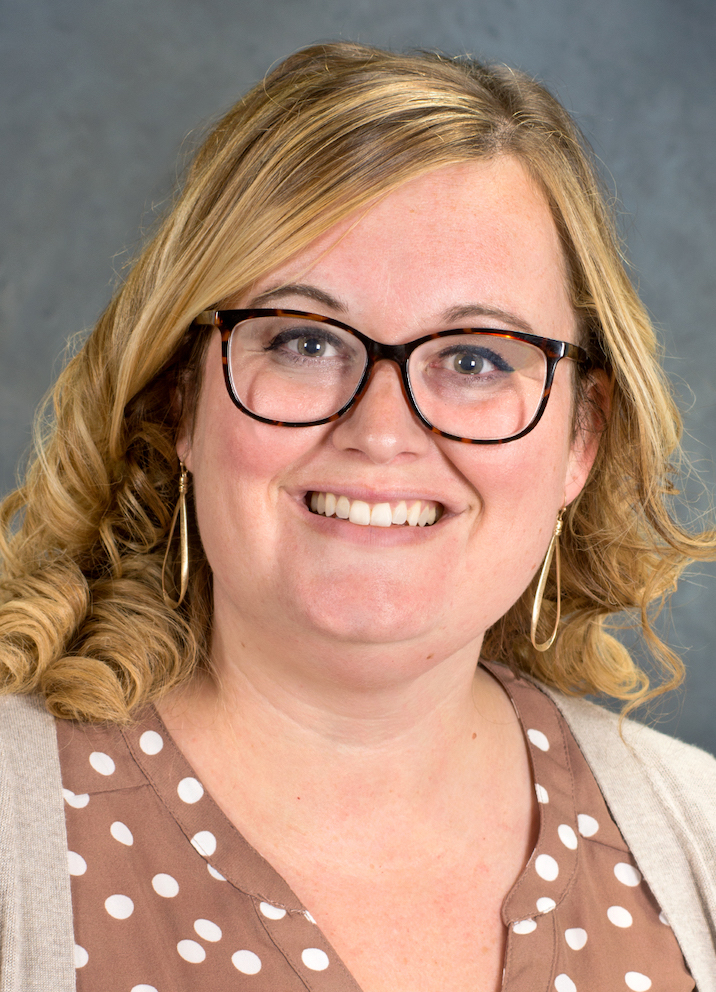
“It’s opened up regular testing of patients who live farther away,” says Ashley Hendershot, DNP, FNP-BC, a nurse practitioner with the program. “It used to be you’d have to come in for an appointment. Now it’s just a phone call, and people are more likely to get tested because we ship a saliva kit to them.”
Telemedicine is also facilitating crucial conversations about advance care planning and goals of care.
Benzi Kluger, M.D., M.S., is a neuro- palliative care specialist and the director of a new university-wide Palliative Care Research Center. He is working closely with teams at Wilmot, including Neuro- Oncology. For the past four years, he has run a randomized clinical trial of palliative care for people with Parkinson’s disease through telemedicine and has found the interactions to be just as effective. He often meets new patients this way and does not find online interaction to be a barrier.
“I feel that people are much more comfortable and more comfortable talking about things in the comfort of their own home that they wouldn’t be when they’re under fluorescent lights in a clinic,” Kluger says. “We have a conversation that feels natural,” he adds. “In the course of that, I learn what I need to know about them to help advocate for them, and they learn what they need to know about me, including that I care about them as a person, and even though we have this distance between us, that I’m going to do everything that I can to help them meet their goals.”
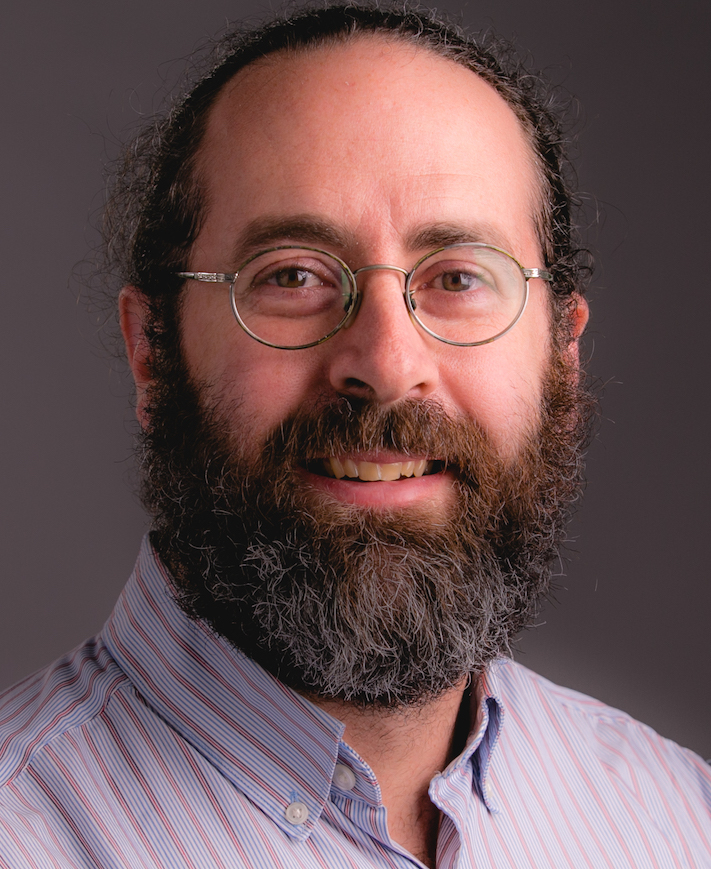
In addition to helping connect with patients, telemedicine is helping health care providers connect with each other and find new opportunities for collaboration. For example, Hendershot and her colleagues in the Hereditary Screening program are looking to work more closely with teams at Bassett Health in Cooperstown, which is a three-hour drive from Rochester. Likewise, Kluger has been able to collaborate more with his home care colleagues and do virtual house calls whenever they or the family need.
Hope for the Future
As the COVID pandemic continues, the future of telemedicine is uncertain. Although there have been hints that insurers will roll back on their coverage of telehealth, Wilmot’s providers hope they’ll be able to continue these kinds of visits.
“We need to be adamant about advocating for this care because it does make a difference,” Kluger says. “It does improve access. It certainly provides an opportunity for better care for people with mobility issues and transportation issues, and it’s much more efficient for people with serious illness.”
Telemedicine, for example, has great potential for improving access to clinical trials. Not only could it help ease the burden of frequent follow-up visits, but if allowed, it could also open the door for more people to participate.
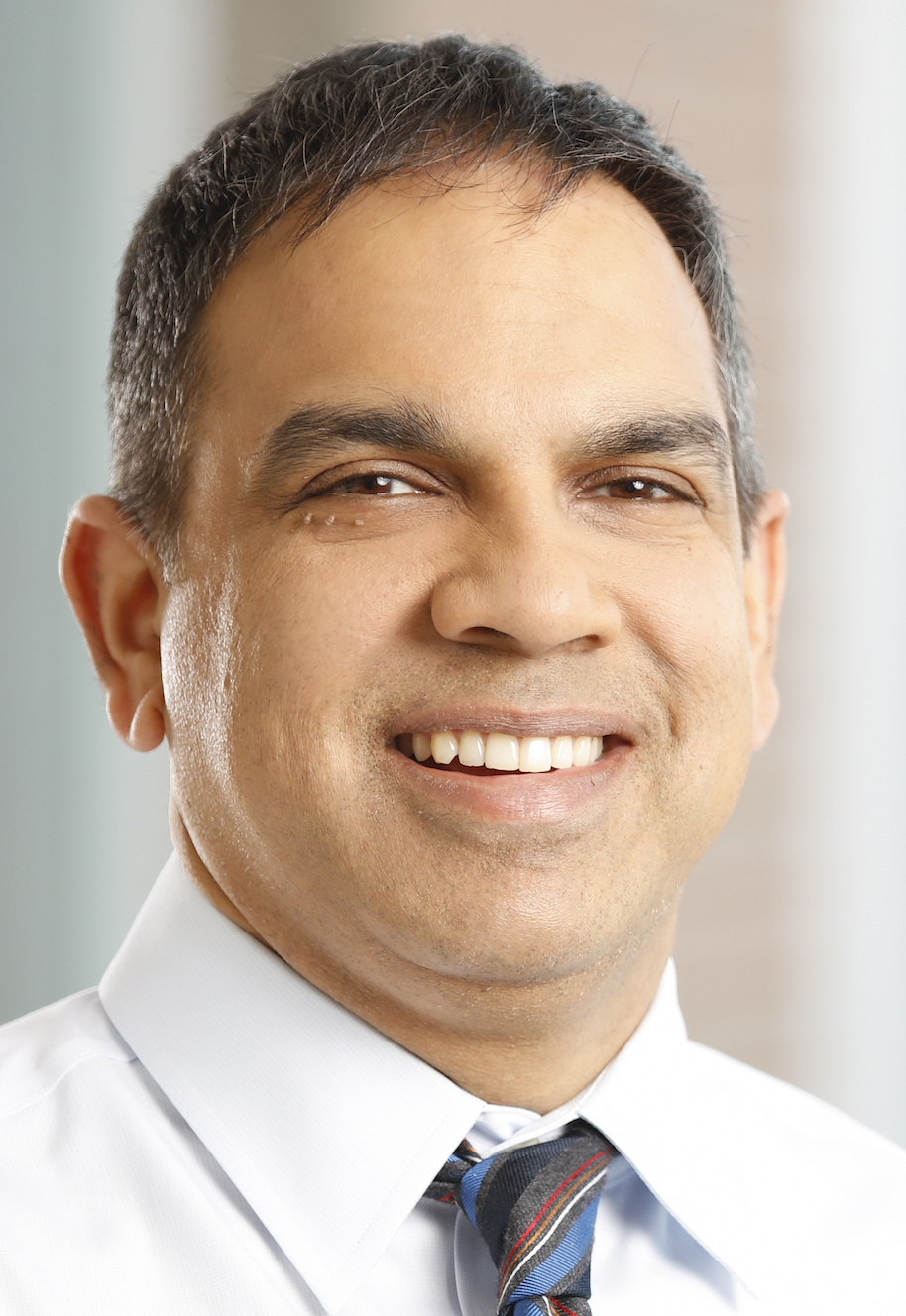
“It would be good for clinical trials,” says Nimish Mohile, M.D., who leads Wilmot’s Neuro-Oncology team and is a clinical investigator.
“For patients who live far away, you can explain what they are, give information about the trials, assess eligibility and get a sense of who our team is before traveling for an in-person visit,” says Mohile, who with Kluger and radiation oncologist Sara Hardy, M.D., Ph.D., helped organize a webinar with the National Cancer Institute on telemedicine for brain tumors this spring.
Ramsdale is optimistic about telemedicine’s impact and its staying power.
“We have momentum on our side,” she says. “It’s harder to stop something once it’s started and once you realize what it’s worth.”


